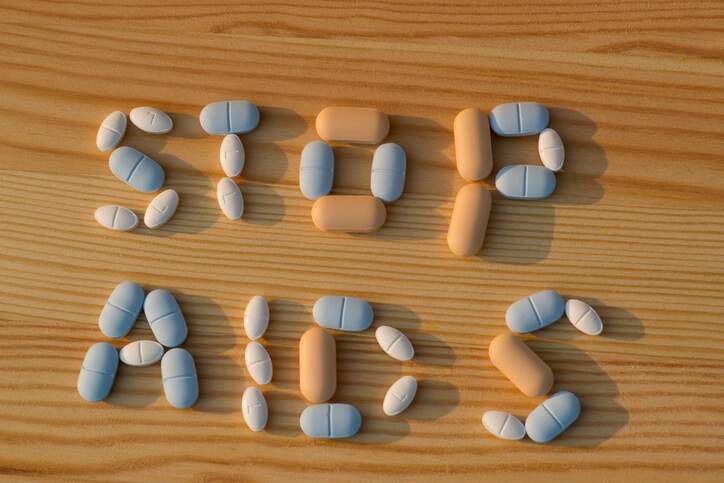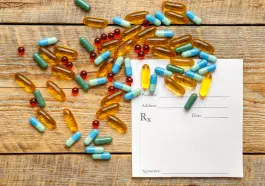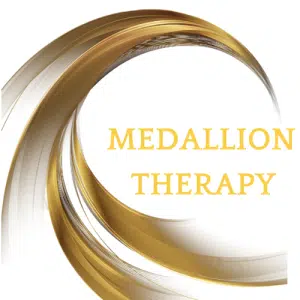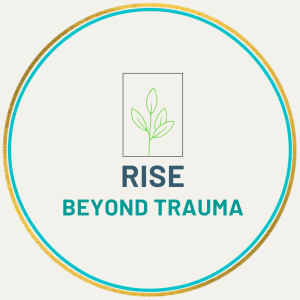PEP can be an effective treatment if you think you have been exposed to HIV. This medication stands for Post Exposure Prophylaxis. These medicines minimize the risk of HIV infecting a person’s body after exposure. A person must take within 24 to 72 hours of HIV exposure risk.
This article will explore the benefits of PEP and why people take it.
Who should consider taking PEP?
Here are some examples of people who should consider taking this medication:
- You believe you have been exposed to HIV during sex (like if a condom broke or removed)
- Sharing needles or other tools for drug preparation
- You have been raped or sexually assaulted
How long does the treatment last?
The treatment lasts for about 28 days. If it has been over 72 hours since exposure, you can organize an HIV test with a qualified healthcare provider. You can find a list of medical professionals that provide PEP on LGBTQ and All.
Is PEP effective?
PEP can reduce your chance of contracting HIV by 80%. However, the effectiveness of this medication is likely much higher than this number if PEP is used consistently and correctly and as prescribed by your health care professional. Here are some ways to ensure the medication is effective:
- Obtain PEP from a medical provider.
- Take the medications every day for 28 days to maximize effectiveness.
- Start PEP as soon as possible when potentially exposed to HIV, but not after 72 hours. The sooner you start this medication after a potential HIV exposure, the higher the likelihood it will work. The medications need to start interrupting HIV replication as quickly as possible.
- Take extra precautions, like using condoms, to minimize the risk of another HIV exposure while taking PEP. PEP is meant to reduce the risk due to a single exposure to HIV.
Be sure to take PEP 72 hours after possible exposure, as it is a highly effective treatment for preventing HIV. Other precautions you can take are using condoms with sexual partners and ensuring you don’t have needles, syringes, or other drug-injecting equipment.
When should you use PEP?
It is essential to consider that PEP treatment should only be used in emergencies where you think you have had exposure to HIV. Here are some examples:
- After a potential exposure to HIV
- If you have an ongoing risk for HIV, like repeated exposures (in this instance, PrEP can be an excellent option, be sure to speak to a doctor about your concerns)
Remember that PEP may not be ideal for people exposed to HIV often.
Does PEP have any side effects?
PEP is a safe medication but can cause side effects like nausea in some people. However, these side effects are treatable and not life-threatening in nearly all instances. If you are taking PEP and are concerned about side effects, you can discuss it with your healthcare provider.
What is involved in taking PEP?
When you go to your healthcare provider to discuss PEP, a doctor or nurse practitioner will assess your risk of HIV transmission and whether it is high or low. They will do so using a risk assessment indicator. If the risk is high enough, then they will prescribe PEP.
It is essential to note that PEP should only be used by people currently HIV-negative. As a result, when a person starts PEP, they must undergo an HIV test to discover their HIV status. If the person is HIV positive and unaware, they will be referred for HIV care and treatment.
If rapid HIV testing is unavailable, the test result can take one to two weeks; however, PEP will still be started right away. In addition, PEP should be discontinued if the person tests HIV positive or if the contact person tests negative for HIV.
People taking PEP need to be monitored for any side effects and other complications like drug toxicity, although it is very rare. Blood tests may also be required to ensure these medications are not causing harm to the body. If side effects and toxicity do end up being an issue, a doctor change one or more of the drugs being used for PEP treatment.
Again, a person taking PEP should take extra precautions to avoid any exposure to HIV while taking this medication. It reduces the risk of infection associated with a single exposure; therefore, if a person continues to engage in behaviors that can potentially transmit HIV (like needle sharing or unprotected sex) while taking this medication, their risk of getting HIV is much higher.
What HIV medicines are used for PEP?
The Centers for Disease Control and Prevention (CDC) offers information on recommended HIV medicines used for PEP. These guidelines include recommendations for adults and adolescents, children, pregnant women, and people with kidney issues. For the most recent PEP recommendations, check out CDC’s PEP resources webpage.
Your healthcare provider or emergency room doctor will work with you to determine which medicines to take for PEP.
Takeaway
PEP can be effective in reducing your risk of contracting HIV. It is essential to speak to a healthcare practitioner if you feel you have been exposed to HIV and if you think you require this mediation. You can access a full list of affirming doctors and medical practitioners on LGBTQ and All.
If you are a healthcare practitioner looking to promote your practice and medical services, be sure to list your business on LGBTQ and All today.















